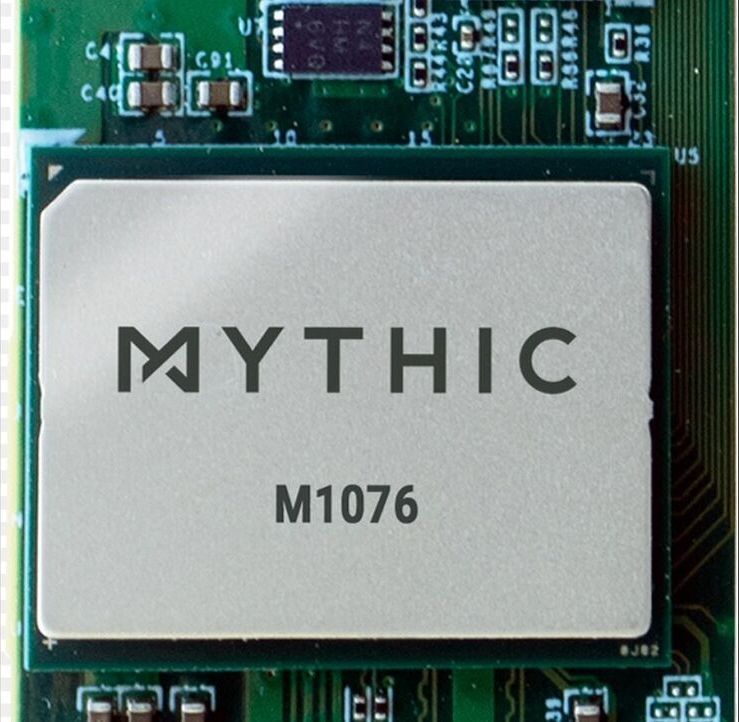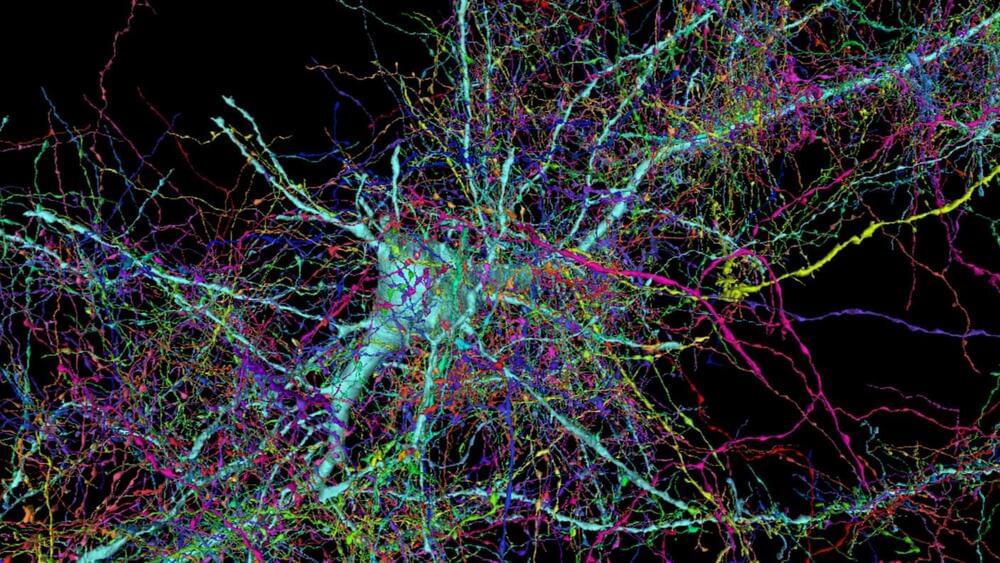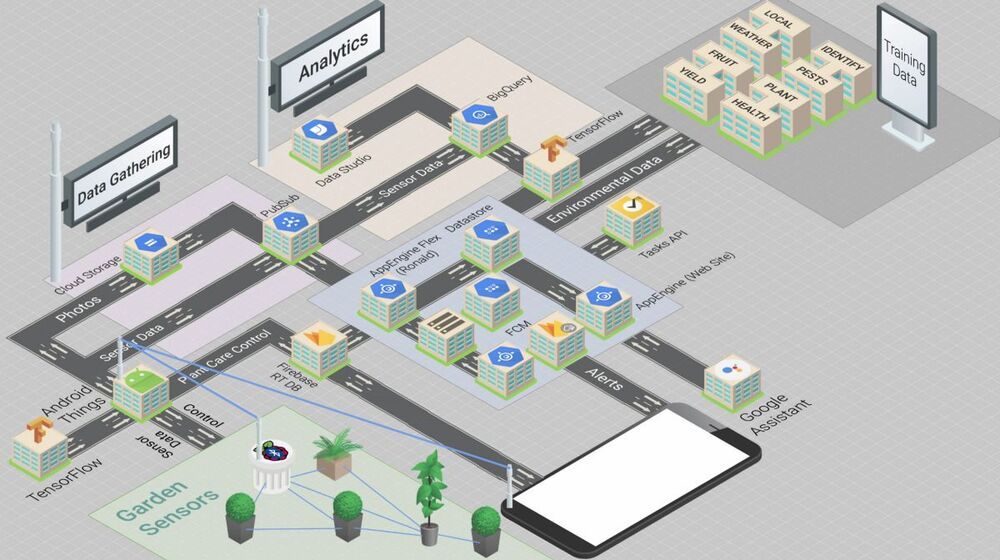Analog AI processor company Mythic launched its M1076 Analog Matrix Processor today to provide low-power AI processing.
The company uses analog circuits rather than digital to create its processor, making it easier to integrate memory into the processor and operate its device with 10 times less power than a typical system-on-chip or graphics processing unit (GPU).
The M1076 AMP can support up to 25 trillion operations per second (TOPS) of AI compute in a 3-watt power envelope. It is targeted at AI at the edge applications, but the company said it can scale from the edge to server applications, addressing multiple vertical markets including smart cities, industrial applications, enterprise applications, and consumer devices.






